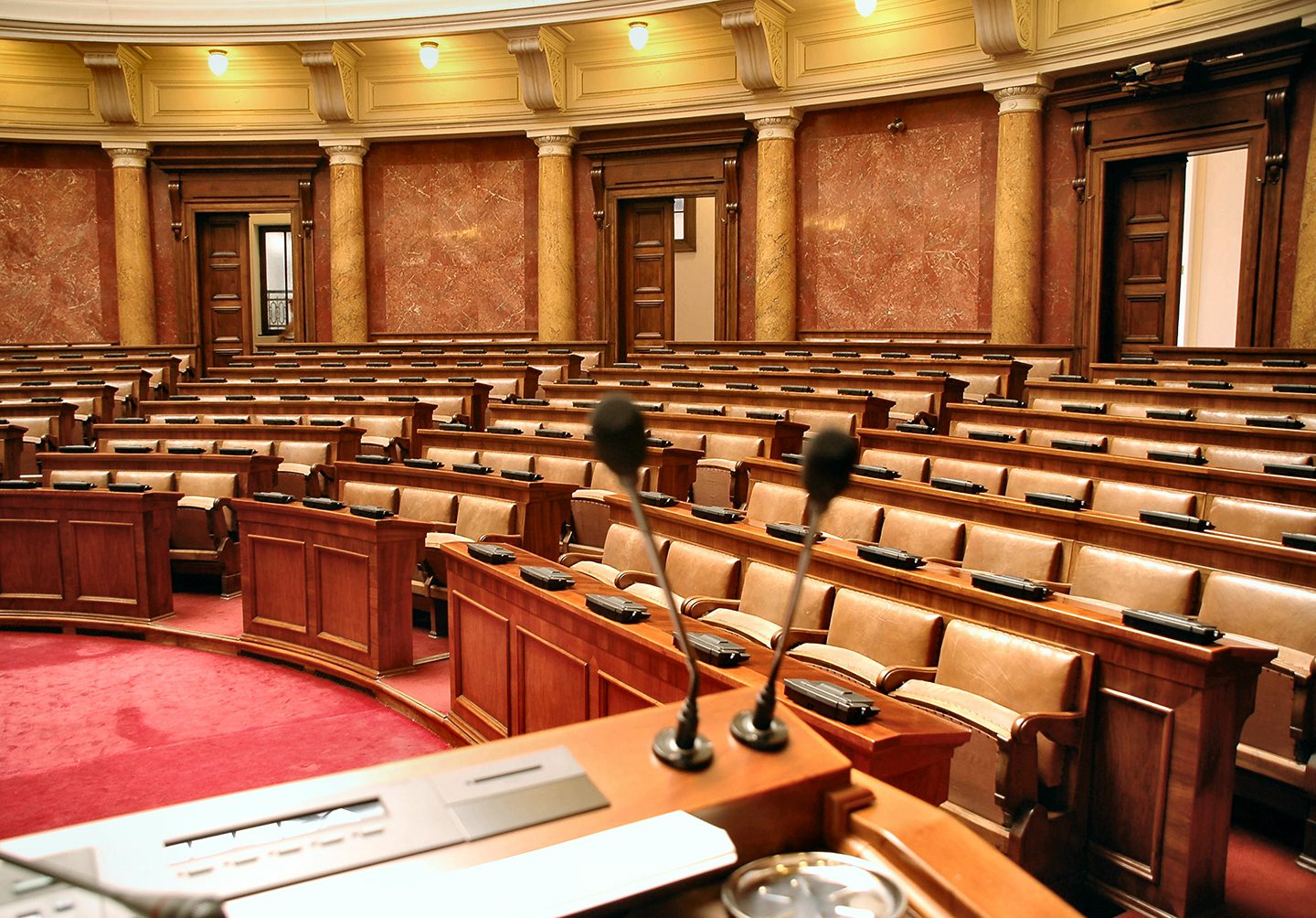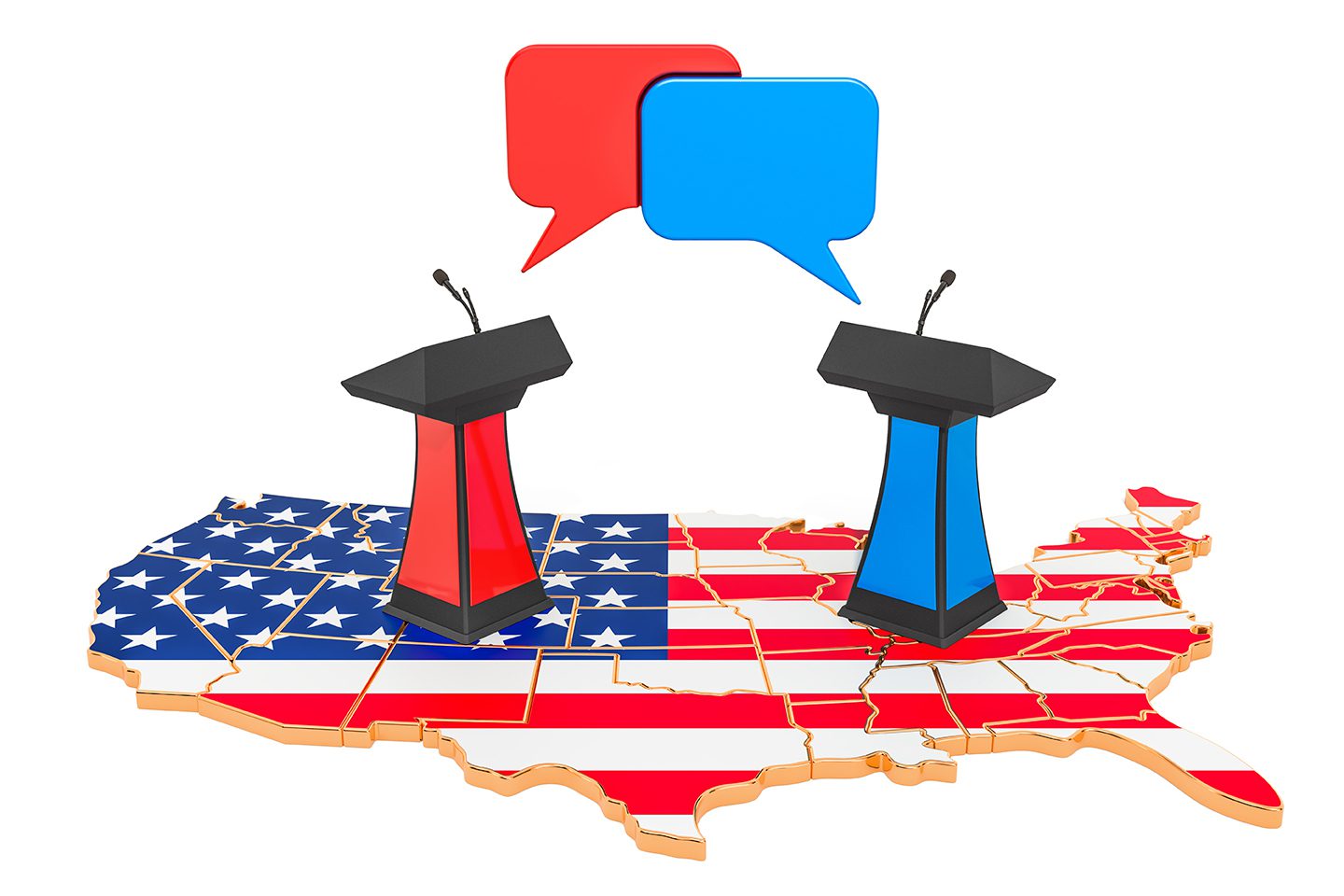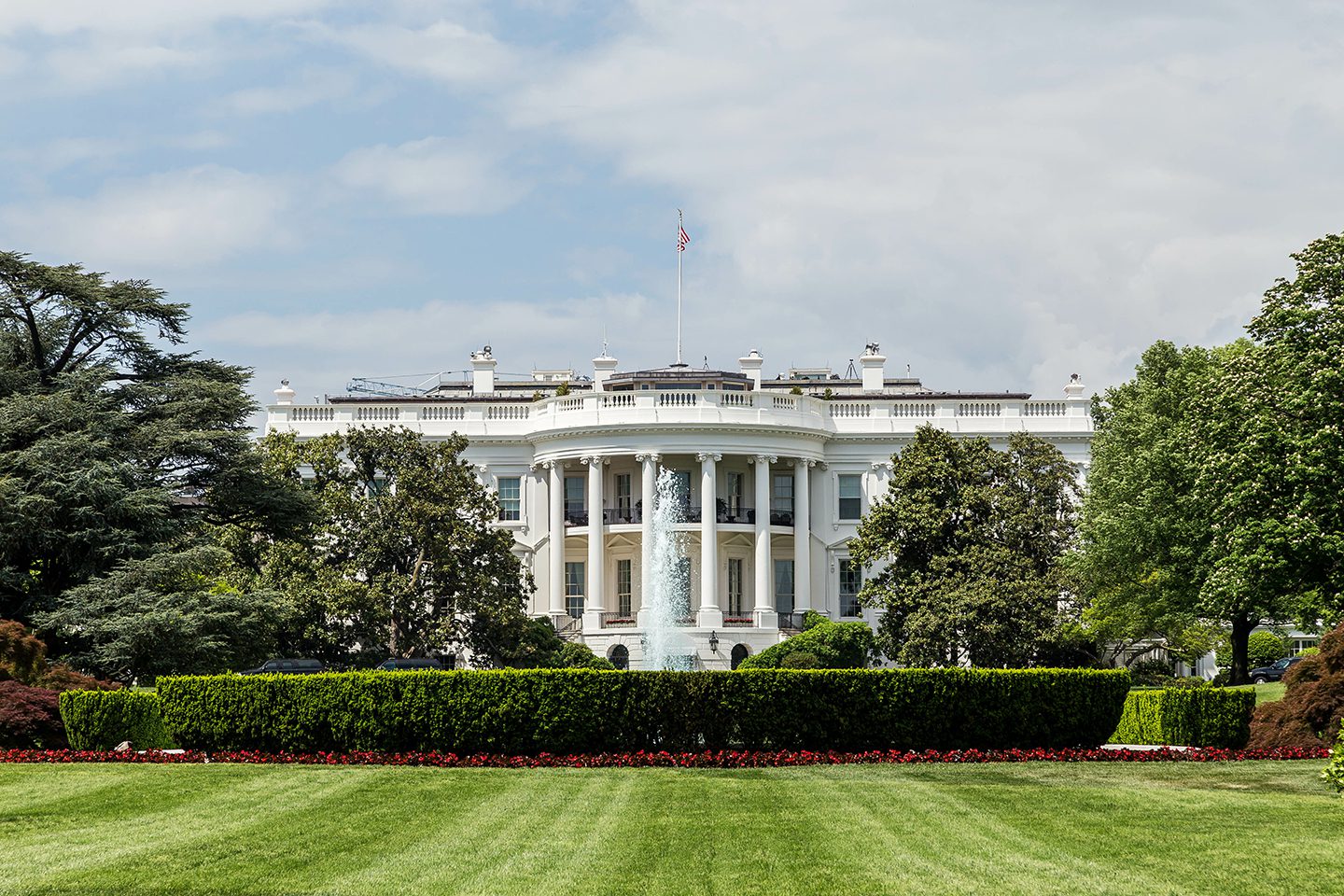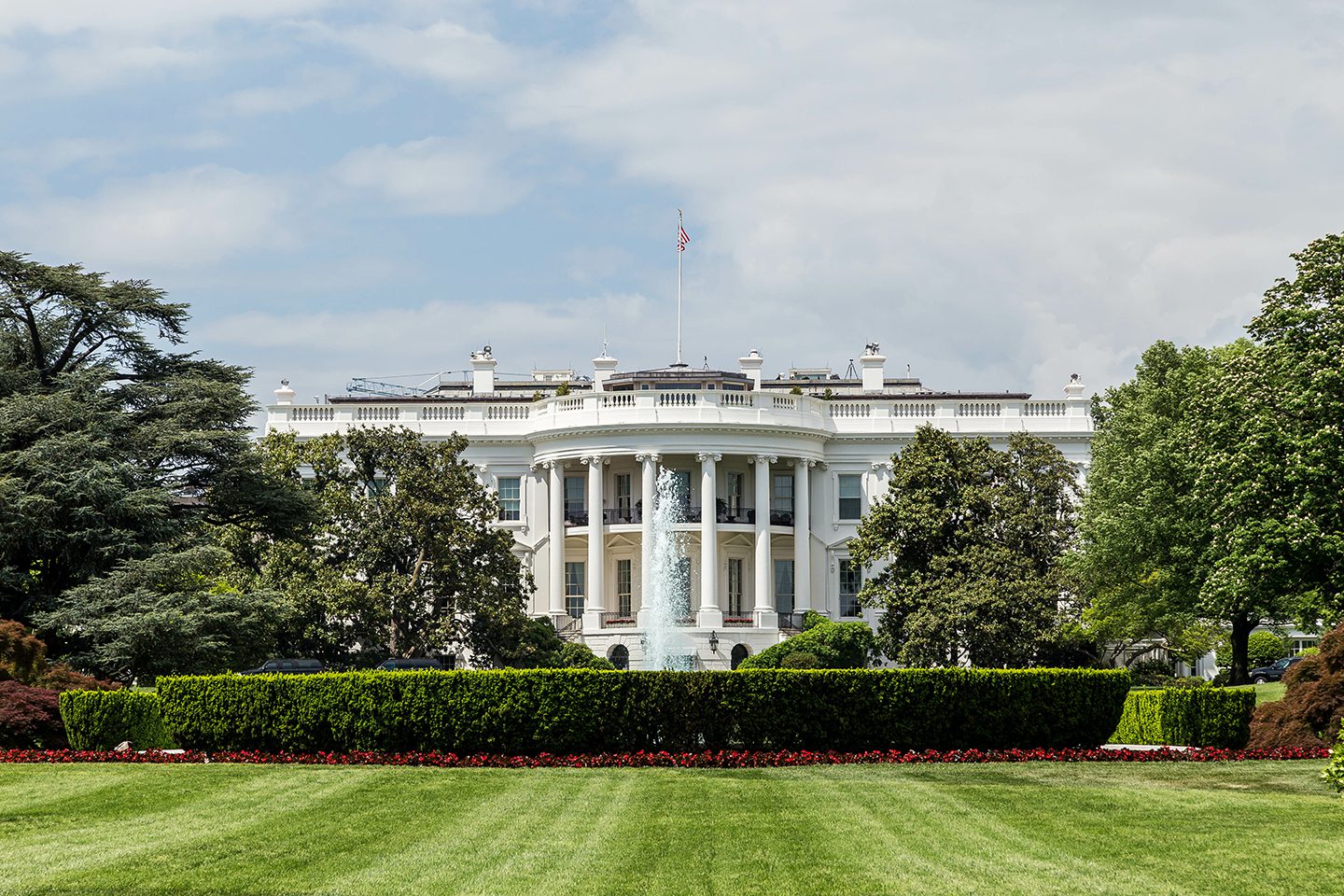Welcome back to Hotwire’s Tech & Politics HOTSpot – our biweekly roundup of political and policy news most pertinent to the technology industry, created with our D.C. public affairs partners at Allon Advocacy, LLC.
If you missed our Tech Policy & Election 2020, you can watch the exclusive recording.
Our next webinar will be held on Wednesday, October 28th at 12PM EST, less than a week before Election Day. We’ll be covering breaking updates about the campaign and what to expect in the weeks following the election. Hope you’ll join us!

Tech Policy Bytes
- The Senate Commerce Committee unanimously voted to subpoena testimony from the CEOs of Facebook, Alphabet, and Twitter regarding the so-called “liability shield” provided under the Communications Decency Act. The decision came after the White House urged GOP senators to crackdown on tech as a centerpiece of the 2020 election.
- At a virtual conference hosted by the American Bar Association, a senior IRS official volunteered said the agency is exploring the deployment of AI and machine learning to provide for autonomous drafting of the agencies’ legal motions and complaints.
- The chairman of a House antitrust panel that has led a year-long investigation of Big Tech platforms alleged that the companies “use their gatekeeper position to protect their own power,” and signaled that the committee’s report would be released next week.
- Built atop Exposure Notification System tech developed by Google and Apple, the Governors of NY and CT announced the release of a free “smart” COVID-19 contact tracing app for residents of their states. The app does not use GPS location services.

A Look at the Polls
The first presidential debate was held in Cleveland last week and it was…different. Biden entered the debate ahead of President Trump by about 6 points and ended last week ahead by seven. Interestingly, however, both candidates have seen their favorability ratings decline in the days following last week’s debate. Among likely voters, more than 12% have an unfavorable view of Trump than a favorable one. For Biden, about 3% more voters have a favorable view than a negative one.
But the Presidential election is not a national race, and the Electoral College crowns the winner. Accordingly, state polling is a better indicator of what may happen come Nov 3.
Across battleground states –Ohio, Florida, Pennsylvania, Arizona, Wisconsin – Biden holds a 3.5-point lead over Trump. But Dems shouldn’t celebrate yet: at the same time in 2016, Secretary Clinton had a 4-point lead over Trump…
While the race for the White House dominates the news, the battle for the Senate has tightened further. Polling indicates that Sen. Lindsey Graham (R-S.C.) is statistically tied with his Dem opponent, Jaime Harrison. This makes control of the Senate a toss-up. Races in Arizona Montana, Maine, Iowa, Michigan, North Carolina, and Georgia show that voters are evenly split between the two parties’ candidates.

The Latest From Washington
Over the last two weeks, the areas of focus in Washington have been: 1) advancing the nomination of Amy Coney Barrett to the Supreme Court; and 2) negotiations between Speaker Pelosi and the White House regarding a 4th bipartisan COVID-19 bill.
In the week since she Barrett was nominated by the President, she met with more than 1/3 of GOP Senators, and the Judiciary Committee announced it would hold confirmation hearings starting Oct. 12. Two GOP Senators – Lisa Murkowski (R-AK) and Susan Collins (R-ME) – having announced their discomfort with confirming a justice this year, but the timeline still looks like it will provide for a vote for Barrett the week before Election Day.
Simultaneously, the White House and Speaker Pelosi have spent the last 2 weeks trying to reach a consensus on the next COVID-19 legislative package. Discussions have come down to the wire (as is usually the case in Washington) and President Trump’s contraction of the virus further complicated an already contentious negotiation.
If the White House and the House of Representatives can reach a deal, $2 trillion of economic assistance would be provided to American businesses and consumers, including the enhanced unemployment, the second round of PPP for small businesses, assistance for U.S. airlines, and more. Accordingly, even if an agreement can be reached, it remains to be seen whether the GOP-led Senate would consider the package.
